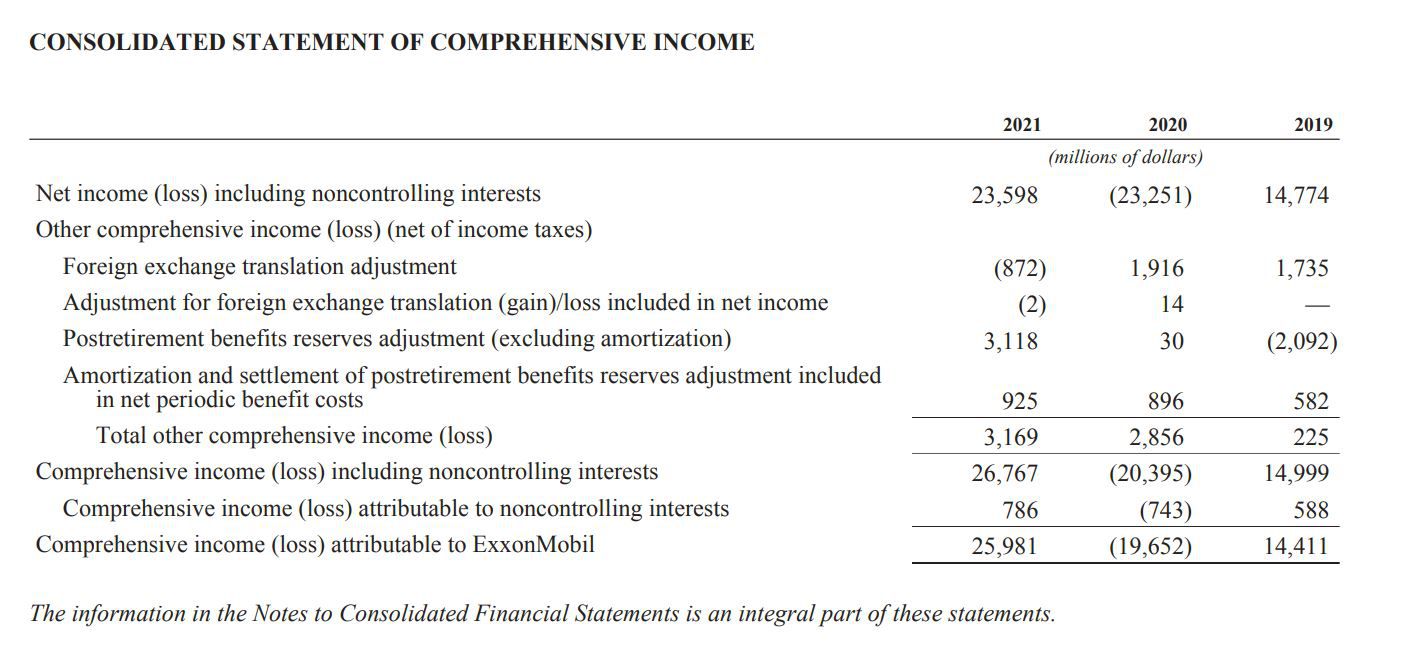Home>Finance>What Is Overcapitalization? Definition, Causes, And Example


Finance
What Is Overcapitalization? Definition, Causes, And Example
Published: January 5, 2024
Learn about overcapitalization in finance, including its definition, causes, and an example. Understand the impact of excessive capital investment in businesses.
(Many of the links in this article redirect to a specific reviewed product. Your purchase of these products through affiliate links helps to generate commission for LiveWell, at no extra cost. Learn more)
Understanding Overcapitalization: Definition, Causes, and Example
Welcome to our finance blog, where today we’ll be delving into the concept of overcapitalization. If you’ve ever wondered what overcapitalization means and the impacts it can have on a business, you’ve come to the right place. In this article, we’ll provide you with a clear definition, explore the causes, and give you a real-life example to illustrate this financial phenomenon. So, let’s get started!
Key Takeaways:
- Overcapitalization occurs when a company has raised more capital than necessary or has inflated the value of its assets.
- Causes of overcapitalization can include heavy borrowing, excessive spending on non-essential assets, or an unrealistic assessment of market demand.
What Is Overcapitalization?
Overcapitalization, in simple terms, refers to a situation where a company’s capital structure exceeds its actual requirements. It means that the company has raised more capital than it needs to efficiently operate its business operations. This excess capital can be in the form of debt, equity, or a combination of both.
An overcapitalized company may have an inflated or overstated value of its assets and may often face difficulties in generating sufficient returns on its investments. Essentially, it’s a scenario where the company is burdened with an excessive amount of capital, resulting in a suboptimal utilization of resources and potentially leading to financial instability.
Causes of Overcapitalization
Overcapitalization can arise from various factors. Let’s explore a few common causes to gain a better understanding:
- Heavy Borrowing: When a company relies heavily on debt financing to raise capital, it may end up accumulating more debt than it can service effectively. This can lead to increased interest payments and financial strain, ultimately contributing to overcapitalization.
- Excessive Spending on Non-Essential Assets: Companies that invest heavily in non-essential or non-productive assets, such as luxury facilities or unnecessary acquisitions, may find themselves in an overcapitalized state. These assets may not generate sufficient returns to justify the level of capital invested.
- Unrealistic Assessment of Market Demand: Overestimating market demand can result in overproduction or the expansion of production capacity beyond what is actually required. This can lead to excess inventory and underutilization of resources, which contributes to overcapitalization.
Example of Overcapitalization
Let’s explore an example to better illustrate the concept of overcapitalization. Imagine a company, XYZ Enterprises, that operates in the manufacturing industry. XYZ undertakes a major expansion project by building a new state-of-the-art production facility. However, due to an incorrect assessment of future market demand, the company overestimates its growth potential.
As a result, XYZ Enterprises invests a significant amount of capital in the expansion, including additional debt financing. Despite the initial optimism, the market demand fails to materialize as anticipated. The company now finds itself with excess production capacity, high debt obligations, and limited cash flow. XYZ Enterprises is now overcapitalized.
The consequences of overcapitalization for XYZ Enterprises can include financial distress, reduced profitability, and even the potential for bankruptcy if the situation is not addressed effectively.
In Conclusion
Overcapitalization occurs when a company’s capital structure exceeds its actual requirements, leading to suboptimal resource utilization and financial instability. Heavy borrowing, excessive spending on non-essential assets, and unrealistic assessment of market demand are common causes of overcapitalization.
By understanding the concept of overcapitalization and its potential impact on businesses, you can make informed decisions about capital management, asset allocation, and financial planning. Ensuring an optimal capital structure is crucial for sustainable growth and profitability in today’s competitive business environment.
That concludes our exploration of overcapitalization. We hope you found this article informative and gained valuable insights into this important financial concept.














